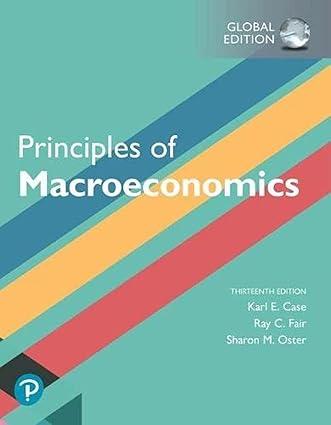An interesting paradox can arise when households attempt to increase their saving. What happens if households become
Question:
An interesting paradox can arise when households attempt to increase their saving. What happens if households become concerned about the future and want to save more today to be prepared for hard times tomorrow? If households increase their planned saving, the saving schedule in the graph below shifts upward from S0 to S1. The plan to save more is a plan to consume less, and the resulting drop in spending leads to a drop in income. Income drops by a multiple of the initial shift in the saving schedule. Before the increase in saving, equilibrium exists at point A, where S0 = I and Y = 500. Increased saving shifts the equilibrium to point B, the point at which S1 = i. new equilibrium output is 300—a decrease of 200 (ΔY) from the initial equilibrium.
By consuming less, households have actually caused the hard times about which they were apprehensive. Worse, the new equilibrium finds saving at the same level as it was before consumption dropped (25). In their attempt to save more, households have caused a contraction in output, and thus in income. They end up consuming less, but they have not saved any more.
It should be clear why saving at the new equilibrium is equal to saving at the old equilibrium. Equilibrium requires that saving equals planned investment, and because planned investment is unchanged, saving must remain unchanged for equilibrium to exist. This paradox shows that the interactions among sectors in the economy can be of crucial importance.
The paradox of thrift is “paradoxical” because it contradicts the widely held belief that “a penny saved is a penny earned.” This may be true for an individual, but when society as a whole save more, the result is a drop in income, but no increased saving.
Does the paradox of thrift always hold? Recall our assumption that the interest rate is fixed. If the extra saving that the households want to do to ward off hard times leads to a fall in the interest rate, this will increase planned investment and thus shift up the I schedule in the figure. The paradox might then be avoided. Planned investment could increase enough so that the new equilibrium occurs at a higher level of income (and saving).
Question
Draw a consumption function corresponding to S0 and S1 and describe what is happening.
Step by Step Answer:

Principles Of Macroeconomics
ISBN: 9781292303826
13th Global Edition
Authors: Karl E. Case,Ray C. Fair , Sharon E. Oster





